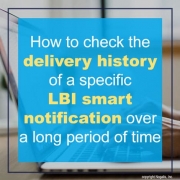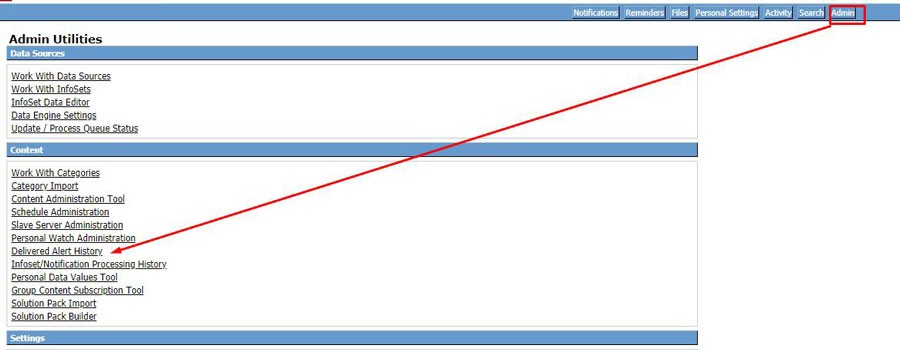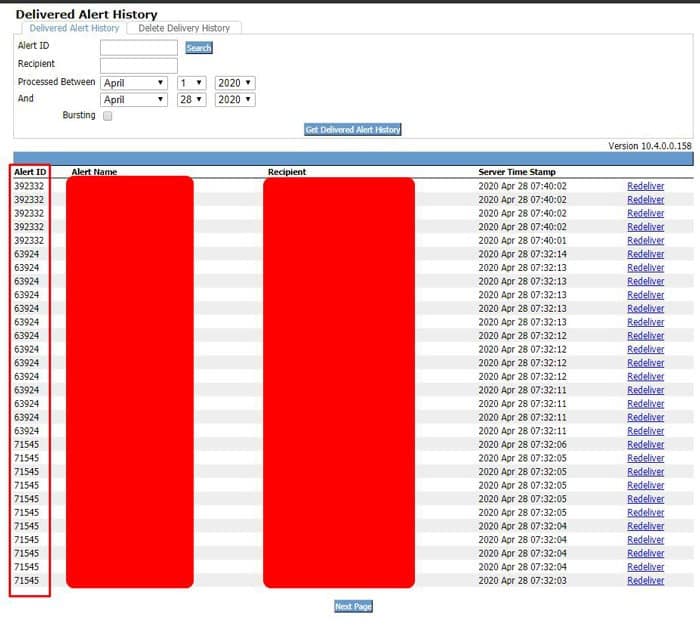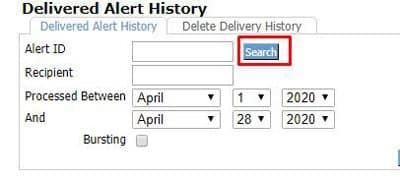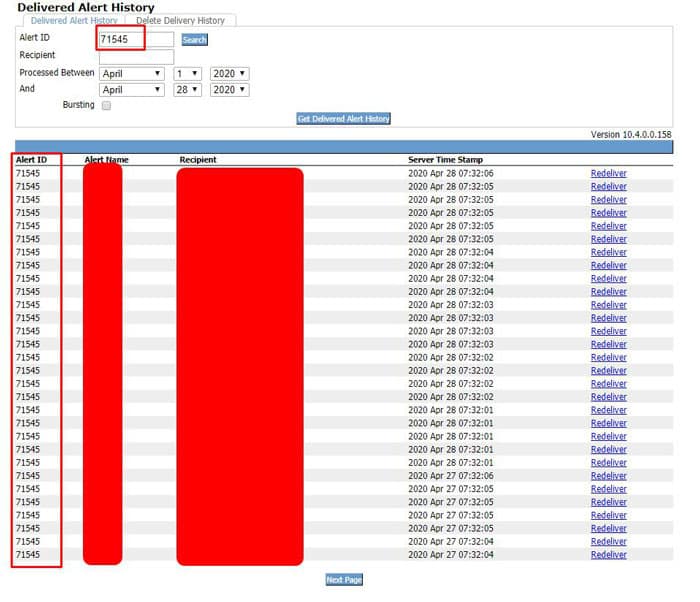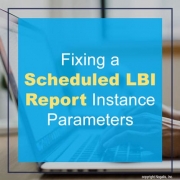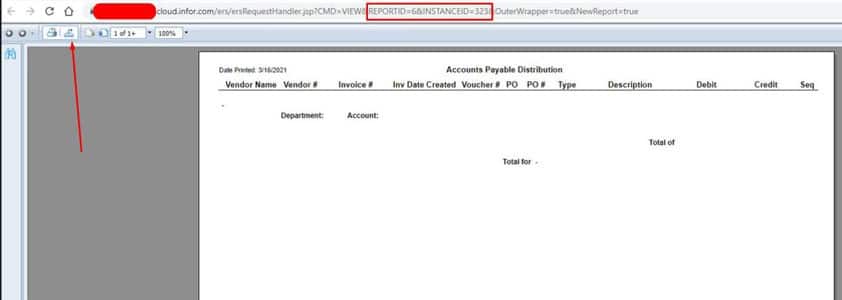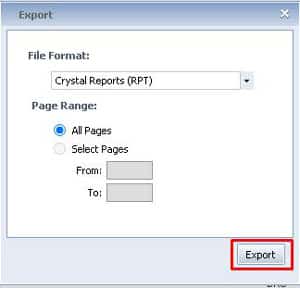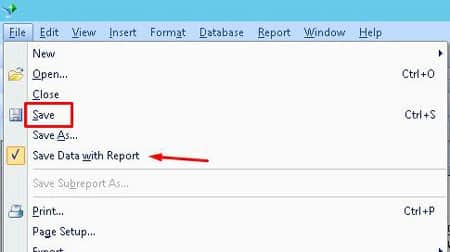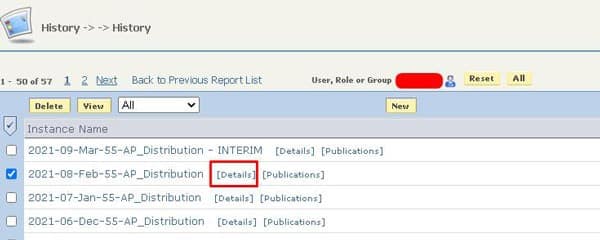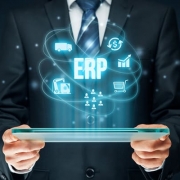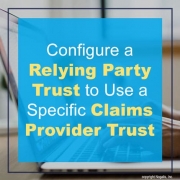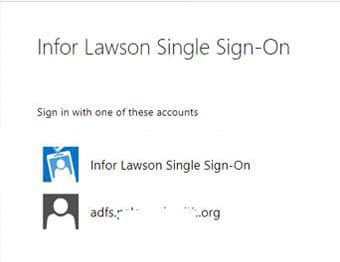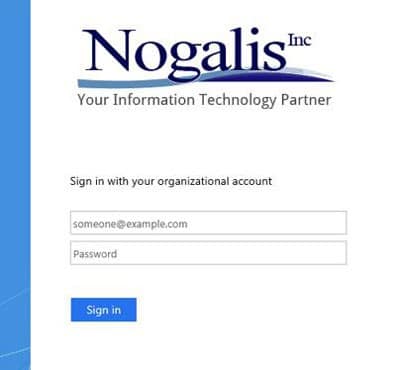When the pandemic hit us suddenly last year, we were forced to adjust our live personally and professionally. But, now that things seem to be normalizing again, how do we as a society go back to some form of “normal”? While it won’t be the same normal pre-pandemic, it will be as close to normal as we can get. Businesses these days must observe and act on even the slightest changes in consumer behavior and habits to success in this post-pandemic economy. What’s the best way to monitor this change? Intelligent ERP. SAP’s Oliver Schoenborn shares an interesting article on Forbes explaining why intelligent ERP systems are the secret to growing a company’s competitive edge. “Moving from reactive management to proactive management,” says Schoenborn, “businesses facilitate data-driven decision-making using predictive analytics and act on insights with a collaborative network of suppliers, service providers, and employees.” This can happen by developing a core set of new ERP software requirements to help them compete more effectively, grow revenue, and increase agility and resilience. Businesses that have application and business processes embedded with data intelligence, advanced analytics tools, simulated modeling, and guided decision-making allows their employees to reduce the urgency when matters arise and the needs to manually handle redundant tasks. With intelligent ERP, by predicting challenges and solving them before they become customer issues, organizations can focus on more strategic activities, says Schoenborn. As much as we want out pre-pandemic lives to come back, we are always an ever-growing, ever-evolving society. With intelligent ERP, businesses can keep up with our constant changes and behavior patterns.



